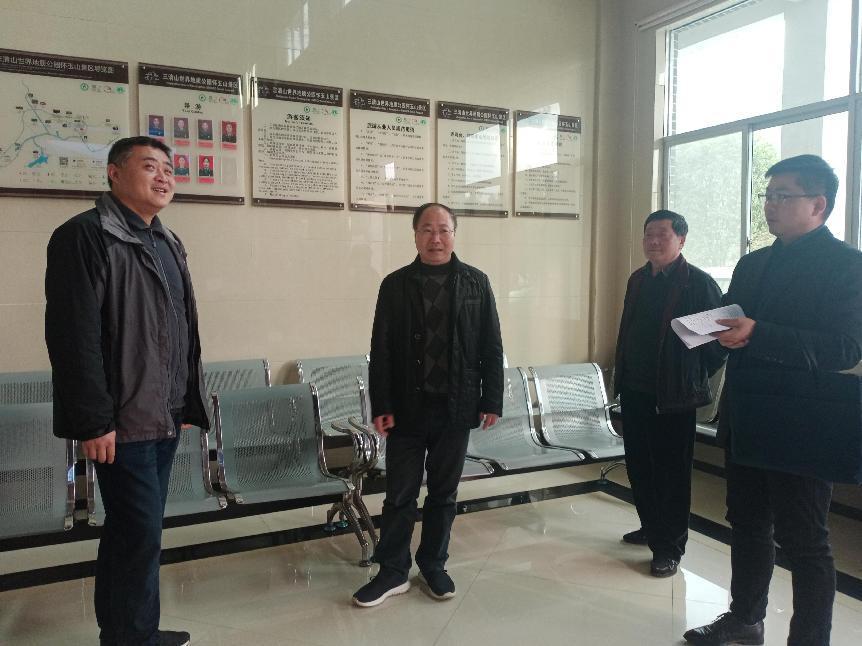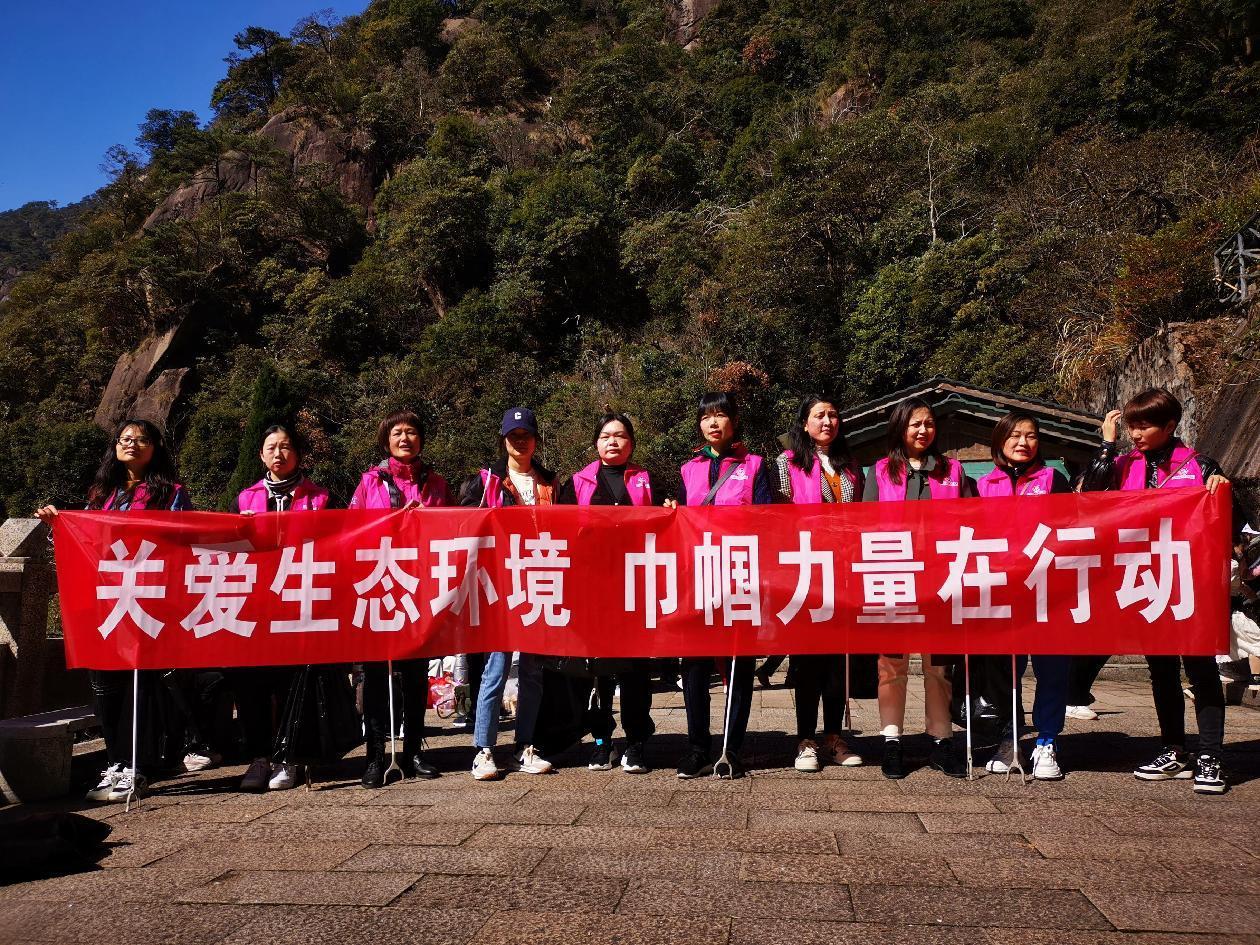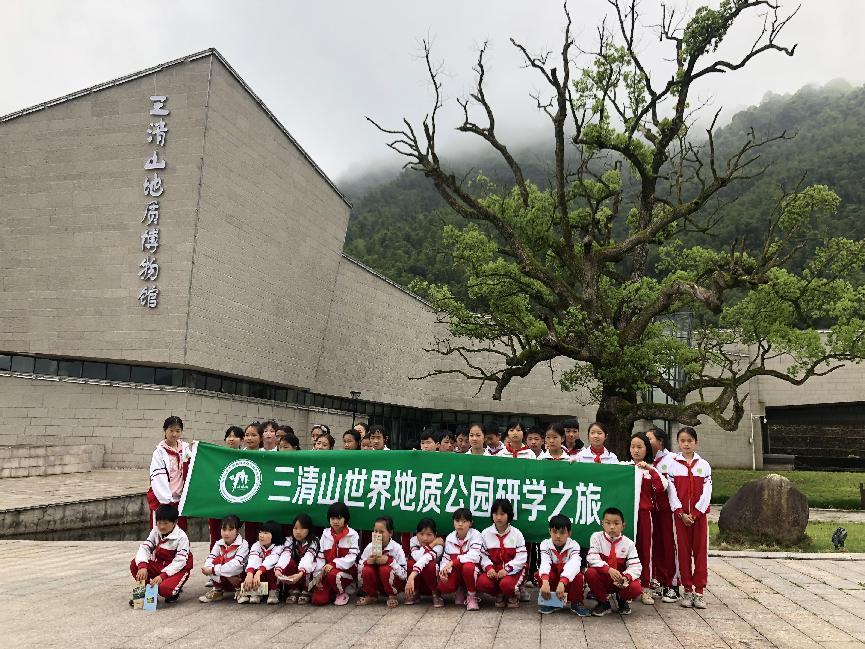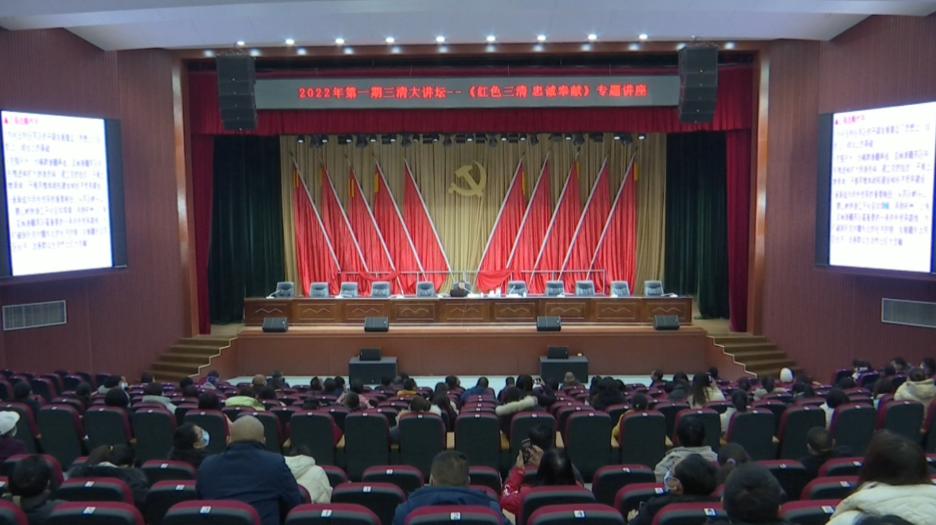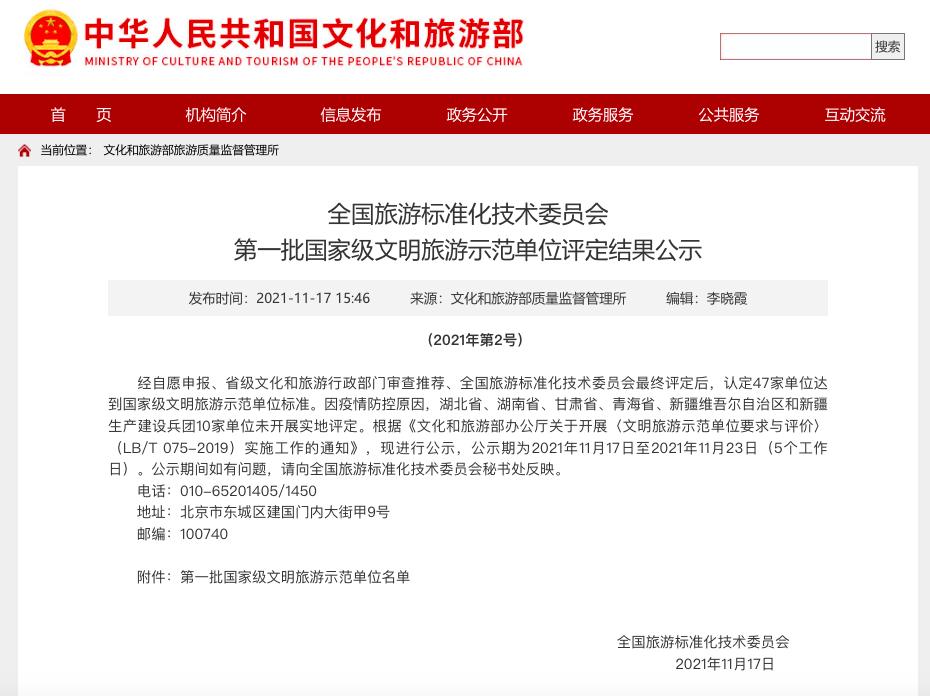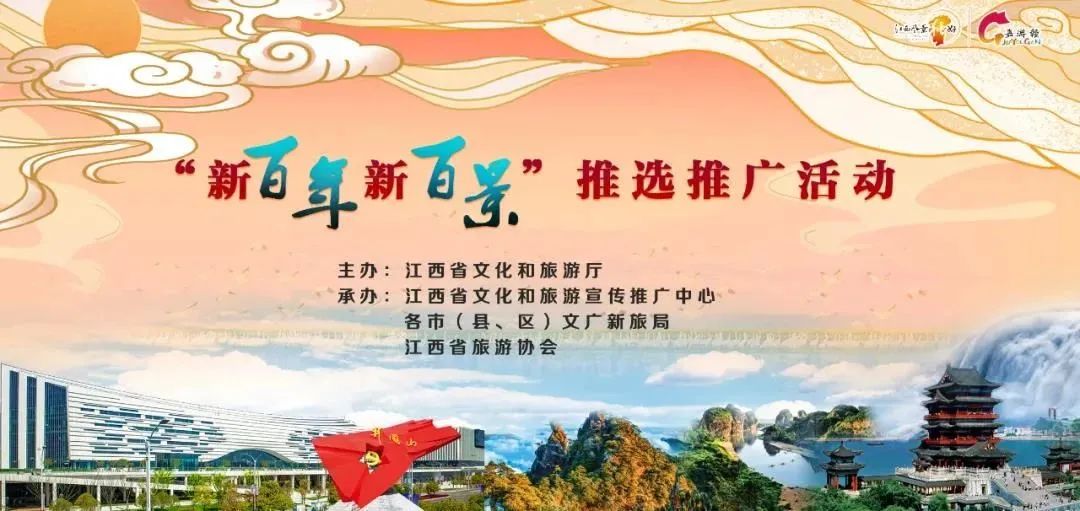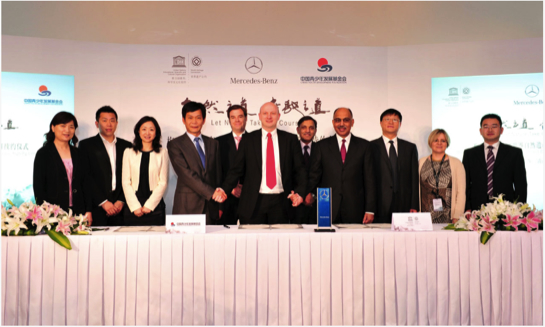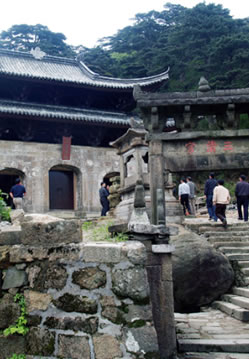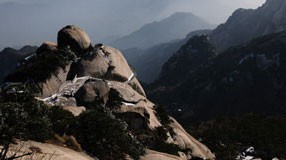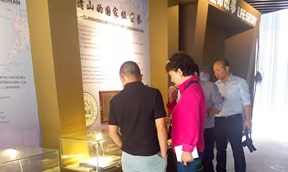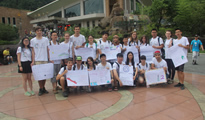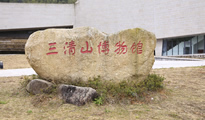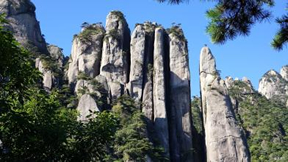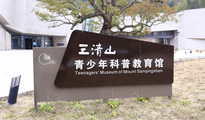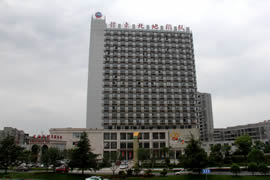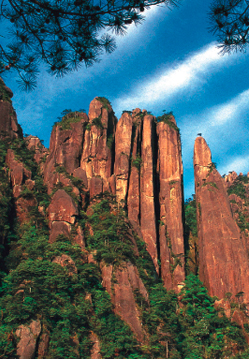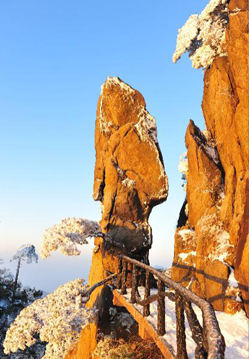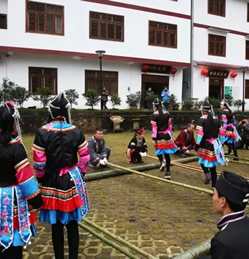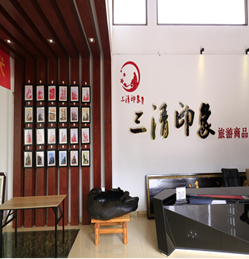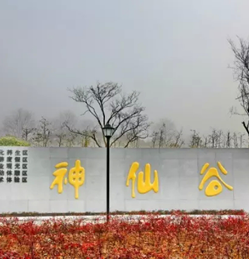Report template for UNESCO Global Geoparks Name of UNESCO Global Geopark (UGGp): ……. Country: ……….. Person(s)
responsible for the report: ……….. The
report must be one concise file of no more than 25 pages (using only the
headlines and Arial font size 11) following the template below, which gives you
general guidance. Annexes should be used to illustrate in more detail
individual points. Submission through the official governmental channel before
31 January the year of your revalidation. A.
GENERAL INFORMATION Surface area in km2 Population Year of acceptance as
UNESCO Global Geopark Year of membership in the
Global Geoparks Network (before the establishment of the UGGp label in 2015) Previous revalidation
date(s) and name(s) of previous evaluator(s) Contact person (name,
position, e-mail) Website (please provide
URL) Social media (please
provide list of all channels used) B.
LIST OF DOCUMENTS AND
ANNEXES (Do not forget to include also the annual
progress reports you provided for the Global Geoparks Network) C. COHESION
OF THE AREA UNESCO Global Geoparks are single, unified
geographical areas. Describe how your area provides territorial cohesion and
how is your boundary defined (municipality, country border, natural border,
administrative, etc.). This is of special importance in case of any overlap
with other UNESCO site designations (like World Heritage, Biosphere Reserves),
and any other kinds of protected areas or national designations (National or
Regional Reserve, park, etc.),see also point E. 4. In case of an extension of the area
smaller than 10 % you must explain the new area and reasons for the enlargement
and provide a map to demonstrate the extension. D.
IMPROVEMENTS MADE ON PREVIOUS RECOMMENDATIONS Your
UNESCO Global Geopark is on a green card / yellow card (please select one). You must
report by listing previous recommendations and which actions were undertaken by
you regarding the points mentioned (validation/revalidation). You may
illustrate, as appropriate, with examples, photos. E. VERIFICATION OF UGGp CRITERIA E.1 TERRITORY E.1.1 GEOLOGICAL HERITAGE
AND CONSERVATION This point should contain a short
geological summary of the area, its geodiversity and the state of conservation
and maintenance of the key geological heritage sites / areas. Sites (or areas) of international
geological significance: Conservation measures on geological sites
in your territory: New geological sites in your UGGp
integrated in your conservation and management plan: E.1.2 BOUNDARIES Describe
how your UGGp communicates its well-defined boundary (on maps, leaflets,
panels, publications, etc.). E.1.3 VISIBILITY What kind
of interpretation, information and promotion is available to visitors and the
local community? What
concepts and tools do you use to increase visibility in order to
stimulate sustainable tourism? How do you promote the area? How
do you advertise your designation as a UNESCO site (e.g. use of the individual
UGGp logo on panels, brochures, non-profit media)? E.1.4 FACILITIES AND INFRASTRUTURE Give an
account of the quality of the UGGp’s general information and service
infrastructure, and how this influences sustainable tourism and economic
development
(are there facilities for the public, existing or planned)? Do
you have partnerships and cooperation with the museum(s) or information
centre(s) or other community and visitor facilities (e.g. mutual training and
information exchange)? Is there an adapted Geopark visibility in the
museum/information centre partners? E.1.5 INFORMATION,
EDUCATION AND RESEARCH What
information and interpretation do you provide to the broad public and on what
medium? Do you have educational programmes (not only on geology but also on
nature, culture, intangible heritage, as well as resources, water, stones,
land-use, hydrogeology, minerals, climate change and natural hazards) and who
is implementing them? Who are your partners, do you work with local schools? What
scientific research has been and is being conducted by you or with your
cooperation in geosciences and other fields related to different types of
heritage? E.2 OTHER HERITAGE Introduction: The
purpose of a UNESCO Global Geopark is to explore, develop and celebrate the
links between geological heritage and all other aspects of the area’s natural,
cultural and intangible heritages. A UNESCO Global Geopark brings together
geological heritage with cultural and local characteristics of the region. This
section should contain an account of the state of other natural &
cultural tangible/ intangible sites, practices and values and their state
of conservation, and present your strategy on how the area interprets geology, in an
integrated holistic way with other heritages. E.2.1: NATURAL HERITAGE Describe the natural heritage of your
area. How is it valued, interpreted, promoted and maintained? Is it inscribed
on a local, regional, national or international level (e.g. World Heritage
list, Biosphere Reserves). E.2.2 CULTURAL HERITAGE Describe the cultural heritage of your
area. How is it valued interpreted, promoted and maintained? Is it inscribed on
a local, regional, national or international level (e.g. UNESCO programmes).? E.2.3 INTANGIBLE HERITAGE What is the intangible heritage of your
area? How is it valued, interpreted, promoted, and maintained? Is it
inscribed on a local, regional, national or international level (e.g. UNESCO
programmes)? E.2.4 INVOLVEMENT IN TOPICS RELATED TO CLIMATE CHANGE AND
NATURAL HAZARDS How does your area tackle issues relevant
to climate change and natural hazards? E.3 MANAGEMENT
Please
outline: ·
the
management structure of your UGGp, ·
staff
employment, describe the availability or presence of a geoscientist on a
daily basis (if not available, explain why) and present the situation of other
employees of your UGGp, if possible, by professional categories ( e.g.
engineer, guides, rangers, scientists, administrators, etc.) and also voluntary
staff contributing in-kind, ·
role
of women in your management structure (this also refers to equal opportunities
for women and men in your UGGp going across all employment levels) ·
role
of local community representatives, including where appropriate indigineous
people, in your management ·
budget
and the financial status, ·
management
plan, ·
marketing
strategy E.4 OVERLAPPING Should
your UGGp overlap partially or totally with other UNESCO designated
sites describe and analyse the situation and the cooperation that takes place.
Present your formal agreements and mutual training and other activities. Should
your UGGp overlap partially or totally with national designations like
natural reserves, national parks or other legally protected areas, describe and
analyse the situation and the cooperation established (see also point E.2). E.5 EDUCATIONAL
ACTIVITIES Analyse
the progress of activities of your UGGp in the field of environmental education
and present any future projects (include examples like number of participating
students, or number of programmes for school classes). E.6 SUSTAINABLE
TOURISM Analyse
the progress and activities related to your sustainable tourism offer and
present any future projects (include also kind and number of activities as well
as number of visitors participating in such activities per year) ·
number
of annual UGGp visitors (by tickets in UGGp museums, information centres, open
air parks, any other UGGp related ‘attractions’) ·
number
of annual UGGp visitors (by estimation) E.7 SUSTAINABLE DEVELOPMENT & PARTNERSHIPS E.7.1 Sustainable development policy Analyse the progress achieved and the
impact of your UGGp on local sustainable development, development policies, and
strategies. Give an overall evaluation of future projects of your UGGp related
to sustainable development. E.7.2 PARTNERSHIPS What partnerships has your UGGp developed
and on what criteria are they based (with local stakeholders like hotels
restaurants, guides, etc.)? Describe
your branding policy for local products, formal partnership agreements,
criteria, promotional actions, etc.. How do you promote these
partnerships (festivals, fairs, promotion via website, leaflets, etc.)? E.7.3 FULL AND EFFECTIVE
PARTICIPATION OF LOCAL COMMUNITIES AND INDIGENOUS PEOPLES Does your
UGGp have partnerships with the local communities and indigenous peoples when
planning and implementing the management and development of your area? In which
ways are local communities and indigenous peoples involved and what actions
does your UGGp take: -
Strengthening their roles in decision-making; -
Ensuring their continued access to and use of the site and its resources, both
tangible (e.g. food, water, fuel, shelter) and intangible (e.g. places of
meaning and spirituality); -
Recognizing and sustaining , their distinctive cultures, including their
languages, knowledge systems, practices, values and worldviews? E.8 NETWORKING A UNESCO
Global Geopark cooperates with other UGGps through the Global Geoparks Network (GGN), and
regional networks of the GGN. Working together with international partners is
among the main characteristics and obligations of UNESCO Global Geoparks.
Membership of the GGN is obligatory for UNESCO Global Geoparks. By working
together across borders, UNESCO Global Geoparks learn from each other, exchange
good experience and contribute to increasing understanding among different
communities and cultures and as such help to achieve the UNESCO mandate of
building peace in the hearts of people. Describe
this international cooperation and the kind of activities with the
Global Geoparks Network, partnerships with UNESCO Global Geoparks or other
local, regional, international partners. E.9 SELLING OF GEOLOGICAL MATERIAL How do you promote the non-trading of
geological material? Does your UGGp have a strategy and legislation to protect
against damage of geological sites and features? F. ANY
OTHER ISSUES Any other
issues you want to raise in your report. (中文译文仅供参考) 联合国教科文组织世界地质公园报告模板 联合国教科文组织世界地质公园名称: ……. 国家: ……….. 报告撰写人: ……….. 报告必须参照下面的模板,内容应简明扼要,篇幅最多不超过25页(请使用标题和11号Arial字体),根据以下所提供的模板指南撰写。应当使用附件,来阐述更多的细节信息。各地质公园请在评估年份的1月31号之前通过所在国的官方渠道提交。 A.
基本信息 面积(km2) 人 口 加入联合国教科文组织世界地质公园年份 成为世界地质公园网络成员年份(在2015年联合国教科文组织世界地质公园成立之前) 上一次再评估日期和评估专家姓名 联系人(姓名、职位、电子邮箱) 网站(请提供网址) 社交媒体(请提供所有使用的社交媒体清单) B.
文件和附件清单 (请记得将每年提交给世界地质公园网络的年度进展报告也包括在内) C. 区域连续性 联合国教科文组织世界地质公园是一个个单一的、统一的地理单元。每个地质公园应描述其区域连续性,以及边界是如何划分的(包括自治区、国家边界、自然边界、行政边界等)。这一点在处理与其它联合国教科文组织命名地(如世界遗产、生物圈保护区),以及其它保护区或国家命名地(包括国家或区域性的保护区、公园等)的边界是否重合时具有特殊的重要性。也可参见E.4. 如果扩展面积不超过10%,必须解释新扩展区域及扩展的原因,并提供地图予以说明。 D.
针对上一次评估建议所做的改进 您的联合国教科文组织世界地质公园是获得绿牌还是黄牌(请选择一个)。 您必须在报告中列出上次评估时的改进建议,以及基于这些建议(生效/再生效)都采取了哪些整改措施。您可以举例,也可以用照片进行说明。 E. 联合国教科文组织世界地质公园(UGGp)评估标准 E.1 区域范围 E.1.1地质遗迹及其保护 这一点应当包括地质公园所在地区的地质概况,它的地质多样性,以及主要地质遗迹点/地区的保护和维护状况。 具有国际意义的地质遗迹点(或地区): 在地质公园内所采取的针对地质遗迹点的保护措施: 在地质公园保护和管理规划中新归并进来的地质遗迹点: E.1.2 边界 描述下您的联合国教科文组织世界地质公园是如何划定明确的边界(在地图、传单、解说牌、出版物等) E.1.3显示度 都有哪些面向游客和当地社区的解说、信息和推广?都使用了哪些概念和工具来提高公园显示度以促进可持续旅游的发展?都是如何促进该地区发展的?你们是如何宣传联合国教科文组织世界地质公园(如:在解说牌、宣传手册、非盈利媒体上使用联合国教科文组织世界地质公园的徽标)? E.1.4设备和基础设施 请说明您的联合国教科文组织世界地质公园所提供的基本信息和服务设施的质量?它们是如何影响可持续旅游和经济发展的(是否有面向公众的设施,已经存在还是规划建设中)?你们是否和博物馆或信息中心,以及其它社区和游客服务设施(如:相互培训和信息交流)建立伙伴关系和合作?在这些博物馆和信息中心合作伙伴中是否有彰显该世界地质公园的显示度? E.1.5信息、教育和研究 您的世界地质公园给公众提供了哪些信息和解说?都是通过什么形式来进行的?你们是否有教育方面的项目(并不局限于地质方面,也可以是自然、文化、非物质遗产、以及资源、水、石头、土地利用、水文地质、矿物、气候变化以及自然灾害)?谁负责这些教育项目?你们都有哪些合作伙伴?你们是否和当地学校有合作? 您的世界地质公园或与合作单位曾经开展过、以及正在开展的有关地球科学以及其它与遗产相关领域的科学研究都有哪些? E.2 其它遗产 简介::联合国教科文组织世界地质公园的目的是探索、开发和建立地质遗产与该地区所有的自然、文化及非物质遗产的联系。每一个联合国教科文组织世界地质公园都应当是包含地质遗迹和当地文化及地方特色的载体。这部分内容应当包括世界地质公园内其它自然&有形/无形文化地点,它们的实践和价值,及其保护状况。请陈述您的世界地质公园是如何将地质和其它遗产结合起来,以一个整体方式进行解释。 E.2.1:自然遗产 描述您所在区域的自然遗产。它们是如何被估值、解释、推广和维护的?它们是被定级为当地的、区域的、国家的还是世界级的遗产(如:世界自然遗产、生物圈保护区)? E.2.2文化遗产 描述您所在区域的文化遗产。它们是如何被估值、解释、推广和维护的?它们是被定级为当地的、区域的、国家的还是世界级的遗产(如:联合国教科文组织的项目)? E.2.3非物质遗产 您的区域都有哪些非物质遗产?它们是如何被估值、解释、推广和维护的?它们是被定级为当地的、区域的、国家的还是世界级的遗产(如:联合国教科文组织的项目)? E.2.4参与气候变化和自然灾害的主题 您的区域是如何应对与全球气候变化和自然灾害有关的问题? E.3 管理 请按以下大纲说明: ·
您的联合国教科文组织世界地质公园的管理结构; ·
人员招聘,描述全职的地质科学家(如果没有,请解释为什么)和其他职员的情况,如果可以的话,按专业进行分类(如:工程师、导游、巡视员、科学家、管理者等),以及志愿者; ·
女性在管理结构中的角色(这也指在您的联合国教科文组织世界地质公园各级就业层级中的性别平等问题); ·
当地社区代表的角色,包括管理队伍中是否有合适的原住民; ·
预算及财务状况; ·
管理计划; ·
营销策略 E.4 重叠 如果您的联合国教科文组织世界地质公园部分或全部与其它联合国教科文组织命名地重叠,请描述并分析重叠区域的状况及合作。请呈现正式协议和相互培训,以及其它活动。如果您的联合国教科文组织世界地质公园部分或全部与国家级命名地,如自然保护区、国家公园或其它受法律保护的区域重叠,请描述并分析重叠区域的情况及已建立的合作(也可参见E.2.)。 E.5 教育活动 分析您的联合国教科文组织世界地质公园在环境教育方面的活动所取得的进展,并介绍未来计划的项目情况(包括参与的学生数量,或为学校班级组织的活动数量)。 E.6 可持续旅游业 分析您公园在可持续旅游业取得的进展以及相关活动,并介绍未来计划的项目(包括每年的活动类型和数量,以及参与人数) ·
每年到访联合国教科文组织世界地质公园的游客数量(通过联合国教科文组织世界地质公园博物馆、信息中心、露天公园、以及其它有关吸引物的售票情况) ·
每年到访联合国教科文组织世界地质公园的游客数量(通过估计) E.7 可持续发展&伙伴关系 E.7.1可持续发展政策 分析您的联合国教科文组织世界地质公园对当地可持续发展,发展政策和策略的影响以及所取得的进展。对您的联合国教科文组织世界地质公园未来与可持续发展有关的项目做一个整体评估。 E.7.2 伙伴关系 您的联合国教科文组织世界地质公园基于哪些准则,发展了哪些伙伴关系(如与宾馆、参观、导游等当地的利益相关者)? 描述为当地特产、正式伙伴关系协议、准则、促销计划等所指定的品牌推广政策。你们是如何推动这些伙伴关系的(如举办节日、交易会、通过网络、宣传单等进行促销)? E.7.3当地社区和原住民的全方位、有效参与 在制定和实施区域发展规划时,您的联合国教科文组织世界地质公园是否和当地社区及原住民建立伙伴关系? 当地社区和原住民是以何种方式参与,或者您的联合国教科文组织世界地质公园采取了哪些行动: -
增加决策过程中的角色地位; -
确保他们可持续地参与和使用地质公园的场所及资源:包括有形的(如食物、水、燃料、庇护所)和无形的(如具有精神意义的场所); -
认可并维持他们的特色文化,包括他们的语言、知识体系、实践活动、价值观和世界观? E.8 网络交流 每个联合国教科文组织世界地质公园都应通过世界地质公园网络,或世界地质公园网络的区域性网络与其它联合国教科文组织世界地质公园开展合作。与国际伙伴开展合作是联合国教科文组织世界地质公园的主要特征和义务。加入世界地质公园网络是联合国教科文组织世界地质公园的义务。通过跨边界的合作,联合国教科文组织世界公园可以互相学习,开展经验交流,为增进不同社区和文化间的了解做贡献,这些将有助于联合国教科文组织实现在人们心目中传播和平理念的目标。 描述参与世界地质公园网络的国际合作和此类活动,以及与其它联合国教科文组织世界地质公园的伙伴关系,或其它当地的、区域的、国际伙伴。 E.9 实物地质物品的售卖 你们是如何禁止销售实物地质物品的?您的联合国教科文组织世界地质公园是否有保护地质遗迹点和地质特征免遭破坏的策略或立法规定? F. 其它事项 其它您想在报告中提及的事项。 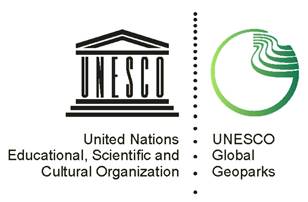
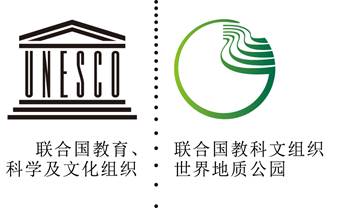
电话:+86-793-2403059
邮箱:sqsdzgy@163.com
地址:江西省上饶市玉山县
邮编:334799
版权所有:上饶市三清山智慧旅游有限责任公司
备案序号: 审核中
审核中
备案序号:赣ICP备2022008787号-3
技术支持:上饶市三清山智慧旅游有限责任公司
![]() 返回顶部
返回顶部


